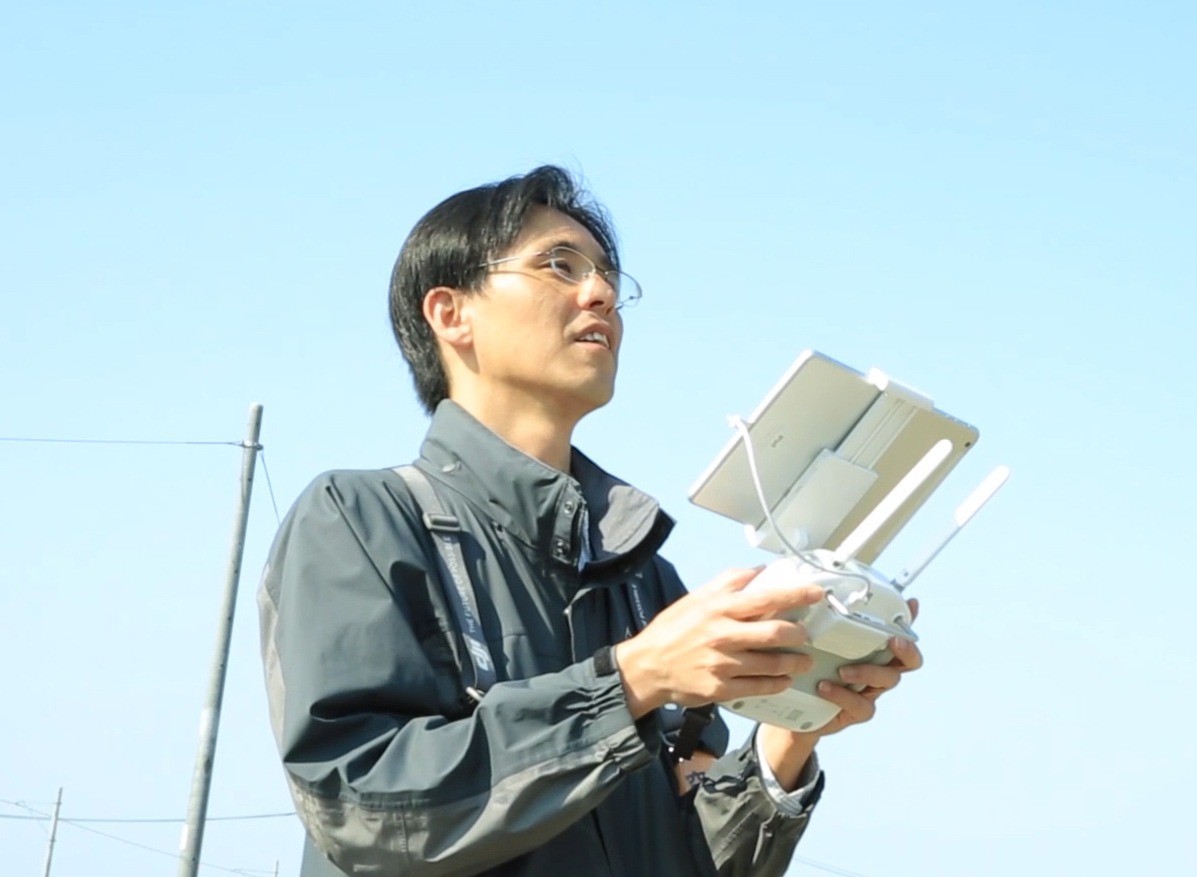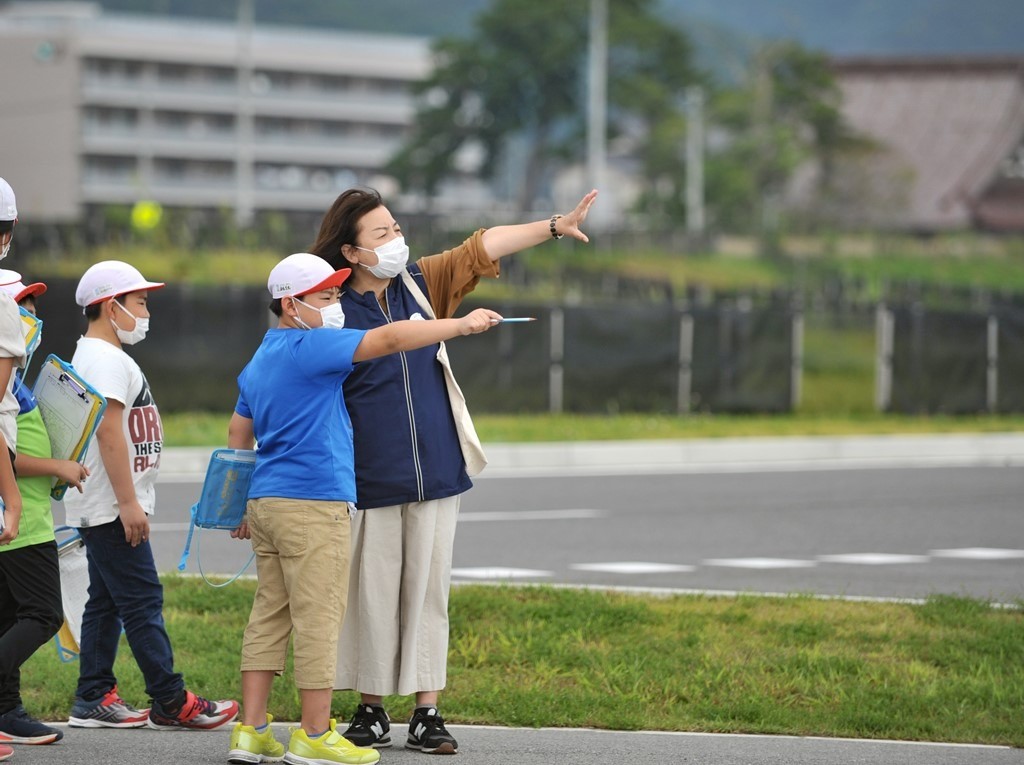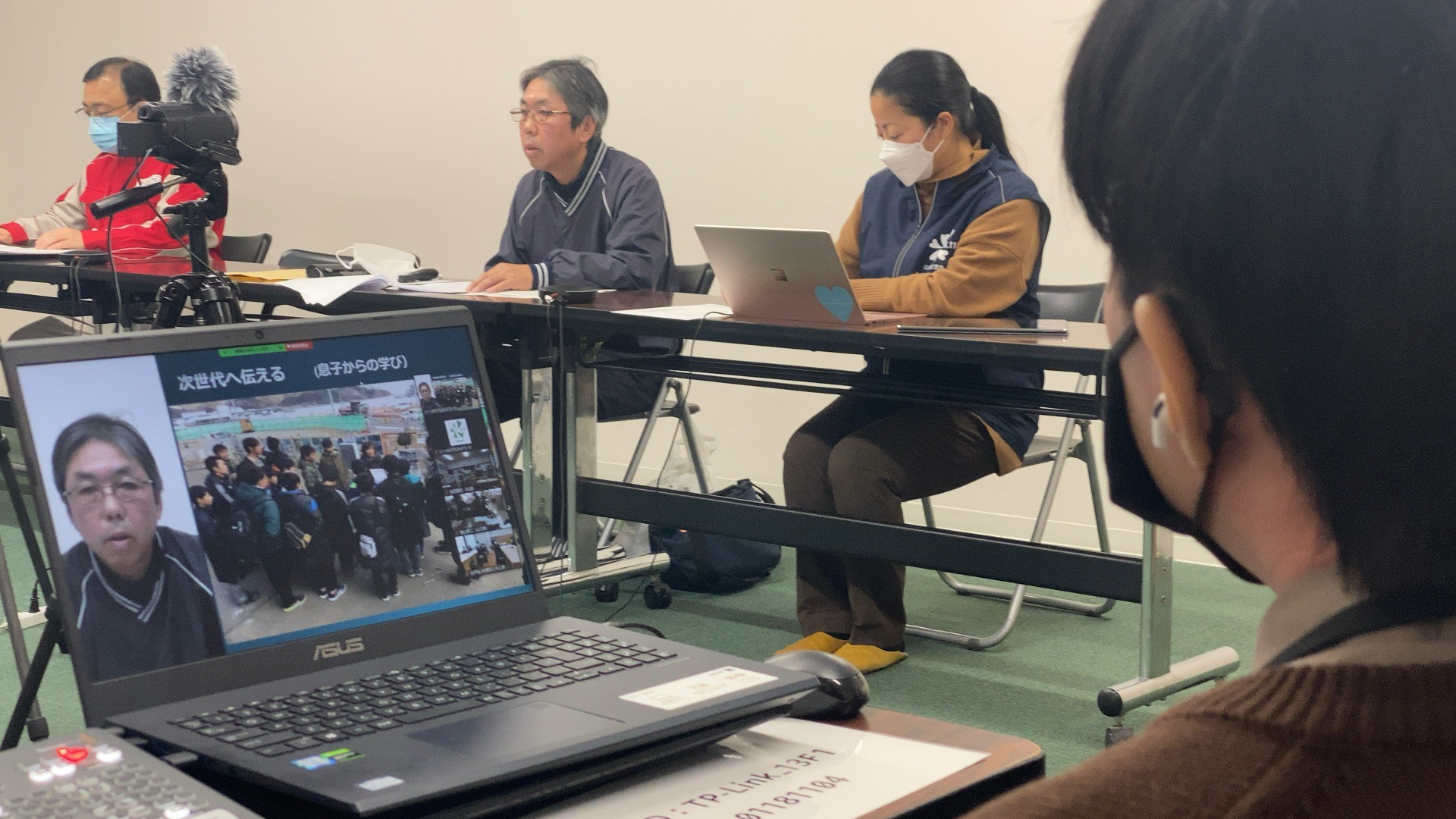Latest News
【3.11 & Passing Down Memories】 Power of Narration to Save Lives - Interview Vol. 1
Almost 12 years have passed since March 11, 2011 and the Great East Japan Earthquake.
The “3.11 & Passing Down Memories” series will capture what is happening currently in the affected areas. The second report features an interview with Mr. Masaharu Nakagawa of 3.11 Memorial Network and Civic Force is working with the Network through the NPO Partner Projects.

Q It's almost 12 years since the Great East Japan Earthquake. How is recovery progressing, and how do you perceive the current situation in the affected areas?
Most of the hard infrastructure development projects are said to have been completed. On the other hand, some experts argue that recovery efforts focusing on the survivors have been put aside as it might be difficult to measure its impact.
At the Great East Japan Earthquake Reconstruction Concept Conference, held two months after the disaster, one of the "Seven Principles of the Reconstruction Concept" was to pass on the lessons learned to the next generation. It states, "Recovery should be local and community-driven, and the government should support it."
In addition, the 2012 revision of the Disaster Countermeasures Basic Law added “passing on lessons learned from disasters” to one of the responsibilities for local residents.
In December 2019, the Basic Policy for Reconstruction after the Reconstruction and Revitalization Period stipulated, “Environmental improvement for the private sector to operate autonomously and sustainably”. However, the Public-Private Consortium, which functions like an academic-private organization established in Chuetsu and Kobe, has not materialized in Tohoku.
With large disasters such as the Nankai Trough Earthquake expected to happen in the future, individuals must act to protect their own lives. Efforts must be made to ensure that disaster preparedness takes root as part of Japanese culture.
Q What activities does the 3.11 Memorial Network focus on?
Joined by 3.11 Mirai Support in Ishinomaki (Miyagi Prefecture), the 3.11 Memorial Network was established in October 2022. We currently have 703 individual members and 77 organizations as of January 2023.
Ishinomaki Visitors Industrial Network had a sub-group focusing on passing down the memories of the earthquake and the group discussed how to expand storytelling, which was the inception of 3.11 Memorial Network. The Network was officially registered as an organization in November 2017.
The Network is currently working in Iwate, Miyagi, and Fukushima Prefectures. Managing members elected from each prefecture meet every month to strengthen the storyteller network.
The Network supports various activities around collaboration, planning, and training - information dissemination of local storytelling organizations, training and workshops, networking events, and other member-led projects.
Q What does “storytelling (passing down the memories)” mean to the affected areas in Tohoku?
Marking the 10th anniversary of the disaster, local governments started using their reconstruction budgets to develop facilities to pass on the lessons learned from the Great East Japan Earthquake. Major facilities have many visitors, however, storytelling activities are declining. We are hoping for more activities in conjunction with these facilities being developed.
There are expectations that these facilities will improve the regional disaster preparedness, however, the lessons learned from the tsunami are being conveyed in an abstract way like, “Just escape to a higher place.''
With the frequency of disasters increasing across the country, I believe it is important to offer an opportunity for people to learn about lessons learned from past disasters and apply them into specific scenarios that might impact them personally such as floods, landslides, nuclear disasters, and more. For that reason, we are working to ensure more people are aware of the role of the "storyteller" who directly communicates the lessons learned to others.
Q What are the lessons learned from the disaster that people should take personally?
Our neighborhood in Ishinomaki lost a lot of lives. After talking to many survivors, we learned that we could have saved more lives if people escaped to a mountain right over there. Mountains or memorials do not save lives but quick judgment calls and actions can save lives.

- Civic Force and the 3.11 Memorial Network have been working together through the NPO Partner Project since February 2022. Please tell us about the past year’s achievements and challenges.
This NPO Partner Project has two components: (1) Visualization of the significance and evaluation indicators of the storytelling through surveys, and (2) Development of the organizational structure of the 3.11 Memorial Network."
Based on the survey results collected from the participants of the earthquake disaster learning program in the three prefectures affected by the disaster, we are analyzing the state of awareness and behavioral changes and are considering evaluation indicators. The feedback will be shared with the storytellers to further improve their storytelling skills. We are hoping to continue supporting the storytelling activities in Tohoku through verbalizing and quantifying the significance of the storytelling.
Various activities are vital components to reach our goal. The Network plans to manage a funding program (JPY10,000,000) that supports 13 organizations. I believe the biggest challenge is for us to strengthen cooperation among each other and promote storytelling activities at various levels - storytellers, families, communities, schools, research institutes, and companies. We hope that such activities will lead to a society that can save lives from future disasters.
The Great Hanshin-Awaji Earthquake Memorial Disaster Reduction and Human Renovation Institution continues to receive 250 million yen annually from the Cabinet Office and other funds from the Hyogo Prefecture's subsidy system and organizes memorial activities and disaster preparedness training. However, in the three prefectures in Tohoku (Miyagi, Iwate, and Fukushima), storytelling activities organized by local organizations are eligible to receive similar funds. We do feel that we lack financial assistance from the local governments.
We need those who share the hard lessons-learned - elementary school students in Ishinomaki who lost their lives, the aftermath of the nuclear disaster in Fukushima. There are storytellers who are determined to share their experiences and we must continue supporting them.
There were many lives that could have been saved that day. 3.11 Memorial Network strives to support the important work storytelling does to end the cycle of tragedies and save as many lives as possible from future disasters.

Latest News







